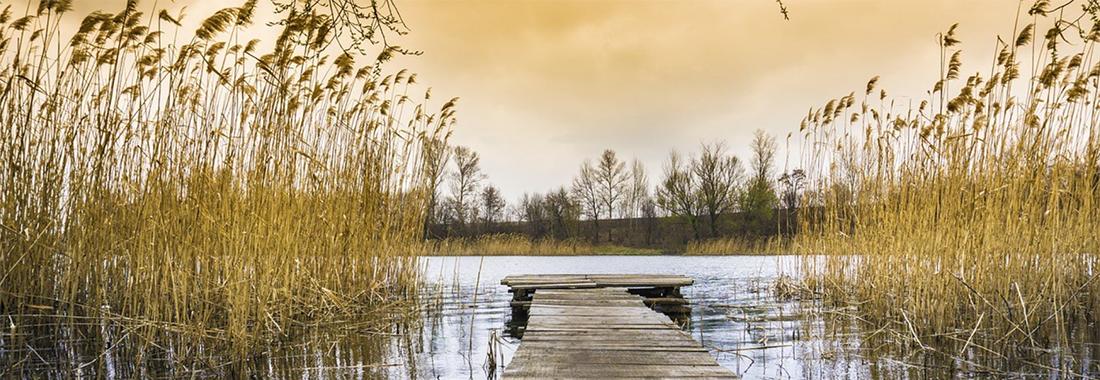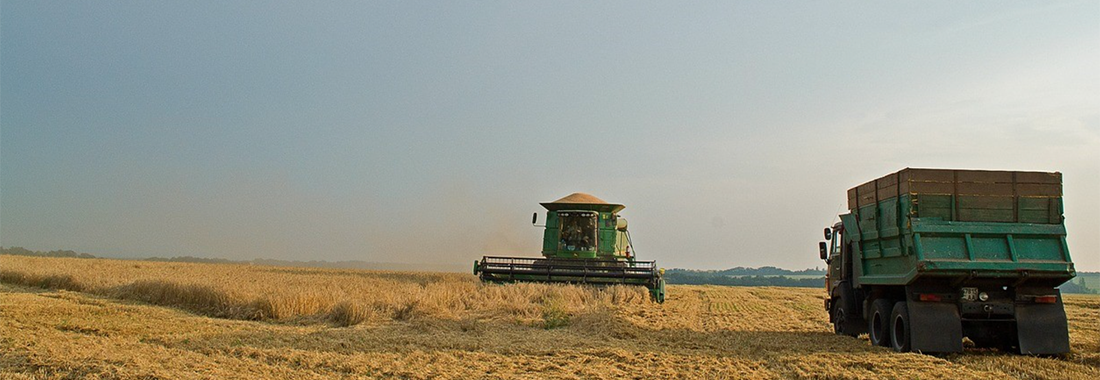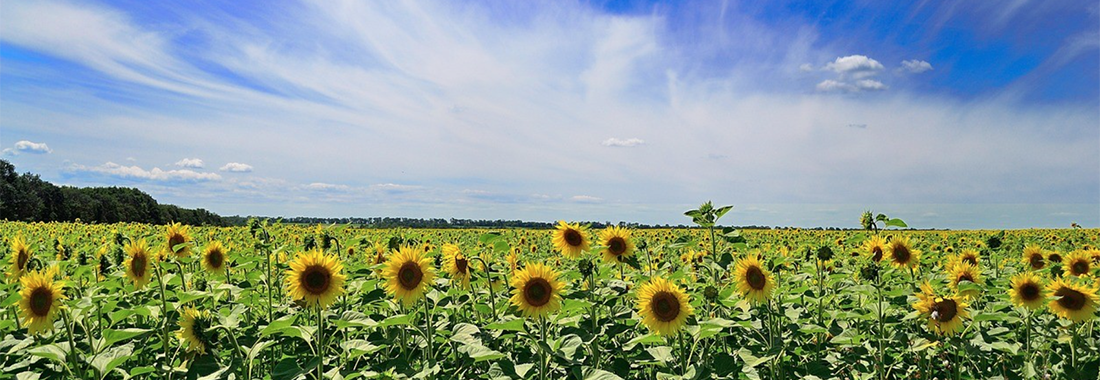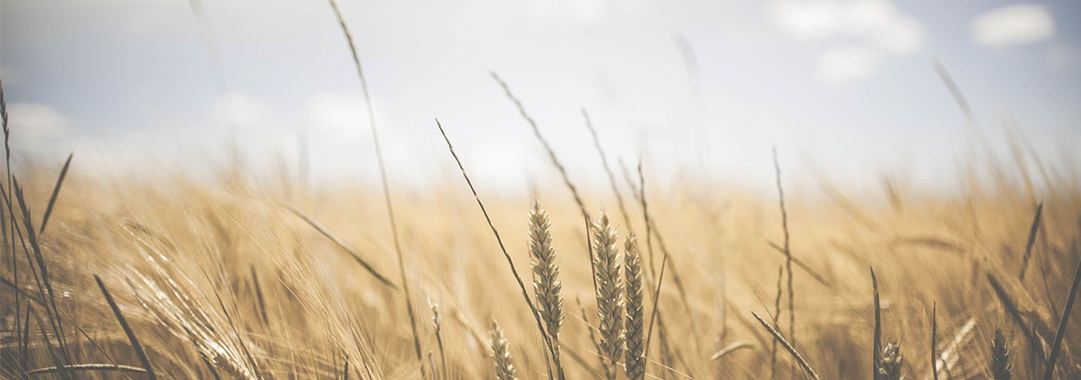War is perhaps the phenomenon that best describes our belonging to the Anthropocene, a term used to summarise the current geological era, characterised by the dominance of human technique that possesses, controls, transforms, and corrupts everything. The will to power of a State, its elites, and possibly its vast population, is destined to collide with a specular and opposing force.
Countless are the fires that have blazed on the timeline, small and large fires, seemingly ignited by independent political and economic phenomena. War is the biggest business: first, you produce for destruction, then for reconstruction. A perpetual cycle that resembles an instinct more than a conspiracy. Is it nature then? Our ferocity? Our passivity? The drowsiness that forever postpones the dream of harmony?
The author was recently moved by the silent beauty of the Ukrainian steppe, the endless fields of wheat and sunflowers, the streams that cross woods and fields before flowing into the Dnieper, a majestic twist destined for the waters of the Black Sea, and from there, through the Bosphorus, to those of the Mediterranean Sea. The author recently felt anger and dismay at seeing one of the many dolphins disoriented and killed in the Black Sea by the sonars of ships, by sea mines, by poisoning following the destruction of the Kakhovka dam, blown up by the Russians in an attempt to slow the Ukrainian advance to Kherson.
Anger and dismay for a small portion of land mined, once again by the Moscow army, representing at least 170,000 km^2 that are now covered with lethal devices for animals, humans, and their agriculture. Along the frontline, which stretches like an arc for over 1,000 kilometers, prairies, fields, hills, and waterways are infested with annihilated military vehicles, their fragments, various pollutants, among which uranium will soon appear. Little is known about the fire that on August 22 burned vast portions of the Askania-Nova Reserve, especially the area called "Velykyi Chapelskyi Pid", which hosts an important wetland protected by the Ramsar Convention.
Anger and dismay, above all, for the over 500,000 men and women killed or wounded in battle, whether Russian or Ukrainian. Their horribly mutilated bodies, pierced by iron, destined for a halved existence. Many of them are young. They would have been entitled, and perhaps will be, in times of lasting peace, to take up the other battle, the slow and exhausting one to defend the planet from climate change, from the thousand predatory forms that man exercises on the environment.
Man against life, man against himself. Is this nature?
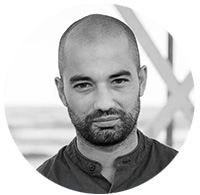
Latest news

TransformAr Open Day in Marceddì: Marshes and Lagoons to Reimagine the Future
Natural Solutions to Adapt to Climate Change: Lagoons and Marshes. This topic was discussed during an immersive walk between the Marceddì Lagoon and the San Giovanni Marsh on Friday, July…

MEDSEA joined the Natural Heritage Interreg Euro-MED Mission in Rovinj for aligning in projects' Communication
MEDSEA stopped in Rovinj, Croatia, from June 26th to 27th, 2024, to participate in the Communication, Amplification and Policy activities of the Interreg Euro-MED Natural Heritage mission, which brings together the thematic projects…

DesirMED: Nature-Based Solutions for Climate Adaptation, Regional Comparison at the Mid-Year Assembl
The DesirMED project recently held its General Assembly online on June 19 and 20 to review the progress of activities in the first semester. This meeting saw the participation of all scientific partners and…

Waste Hunt at Sella del Diavolo to Protect our Cetaceans Friends
Last Saturday on June 15th, nearly a ton of waste was recovered both on land and at sea during the "Puliamo la Sella!" event in Cagliari. The collected items included…

Active Restoration of Posidonia oceanica: MEDSEA at the 2024 World Seagrass Conference in Naples
MEDSEA continues to lead in the active restoration of Posidonia oceanica, a crucial topic for the conservation of Mediterranean marine ecosystems. Recently, the guide "Guidelines for the Active Restoration of Posidonia oceanica"

TransformAr Open Day on July 5th 2024: Discovering Transformative Solutions for Climate Change at the Marceddì Lagoon
On July 5th, TransformAr presents itself to the public with a special Open Day. The European Horizon 2020 project, aimed at developing transformative solutions for climate change adaptation, invites curious minds and citizens…

Puliamo la Sella! 2024 dedicated to our cetacean friends, with WWF, returns to Cagliari on June 15, 2024
The coastal cleanup organized by the MEDSEA Foundation, Puliamo la Sella!, returns to Cagliari on June 15th 2024. This year's event, now in its sixth edition, will be a special…

Deep Dive: The Talk for World Oceans Day
World Oceans Day provided an opportunity to reaffirm the importance of acting now to protect one of our most precious assets: the marine and coastal ecosystem. The Coalitions of the…
First SEG Meeting of the BLUE4ALL Project: A Focus on Surveillance and Biodiversity Protection
On May 23, 2024, the inaugural SEG (Stakeholder Engagement Group) meeting for the BLUE4ALL Project was held at Casa Todde in Villasimius, with options for remote participation.

RICREA introduces itself in Lucca, working on updating the Contracts, and will also focus on the Blue Crab
River, lagoon, and water body contracts in general are an exceptional tool for sustainable and participative environmental management, essential for the protection of water resources and local biodiversity. However, there…

TransformAr: Climate Adaptation Pathways Finalized for the Fisheries and Agriculture Sector in Terralba
This week, a participatory workshop was held in Terralba as part of the TransformAr project to finalise the adaptation pathways developed with local operators, particularly in the fisheries, agriculture, and biodiversity sectors.

ARTEMIS, Partner Meeting in Marseille to Kick Off Activities
On May 15th and 16th, at the Plan Bleu headquarters in Marseille, the first in-person meeting of the ARTEMIS project was held since the kickoff in March. ARTEMIS is a project within the…

DEEP DIVE: The Alarming State of the Ocean – Inspiring Action and Searching for Solutions (Webinar)
In celebration of World Ocean Day, MEDSEA invites you to the online event "Deep Dive: The Alarming State of the Ocean", a detailed analysis of the challenges that oceans are…

Fire Monitoring Test successfully conducted in Santu Lussurgiu thanks to IoT Technologies
At the end of April, a major breakthrough in fire prevention technology was achieved in the forests of San Leonardo. Thanks to pre-fire detection sensors, an IoT (Internet of Things) technology developed and…

REST COAST, at the annual meeting in Groningen, demonstrates the effectiveness of natural restoration of aquatic systems
The standstill of the Nature Restoration Law, the European law on nature restoration, stalled in its final approval phase in the Council due to the hesitations of some Member States, has…

TransformAr makes a stop in Finland for the sixth Consortium Meeting
In mid-April, the sixth Consortium meeting of the H2020 TransformAr Project was held in Lappeenranta, recognized as the Climate Capital of Finland. This city truly exemplifies sustainability, with 100% of waste recycled and all…
- 1
- 2
- 3
- 4

